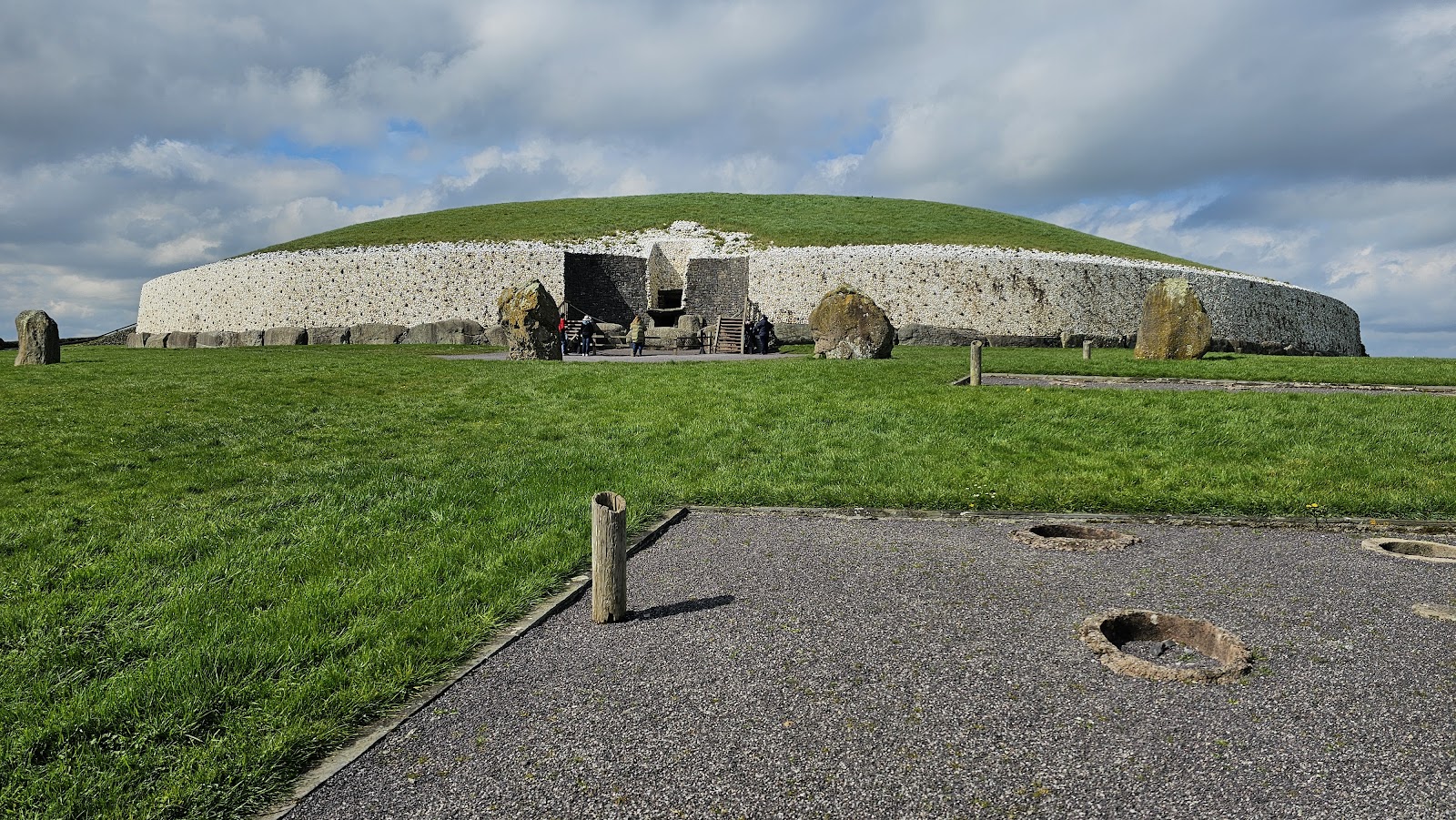Always in the pursuit of clarity, charity and understanding, today we'll discuss an ongoing problem that we can all hope will get resolved one of these days.
The other day I had a conversation with a life-long seasoned Latter-day Saint who has studied the gospel diligently. During the conversation, the topic of the Saints book came up. The person said, "How can I know what is and what is not accurate in those books?"
It's a difficult question because the Saints book (especially volume 1) uses selective footnotes so readers don't know about other authentic, faithful accounts that contradict some of the narratives. To those of us who are more familiar with original sources, some of the errors are obvious, some are matters of interpretation, and some appear to promote a particular agenda.
Yet Saints has, in the minds of some people, replaced the original sources and now constitutes official doctrine about Church history.
I see no evidence that any Church leaders intended Saints to replace original sources, the teachings of the prophets, or even common sense. Instead, Saints was intended to provide an accessible resource that encourages further study and discussion.
But in the real world, few Latter-day Saints even look at the footnotes, let alone actually read the original sources. For non-English speakers, the footnotes are not useful anyway.
Which is why Saints has become the quasi-canonized version of history, even when it directly contradicts original sources (and in some cases the scriptures).
A good example is the narrative that it was Moroni who showed Mary Whitmer the plates.
Most readers apparently think, "Hmm, it's interesting that a resurrected being can present himself in a variety of bodies."
Saints teaches that the Moroni David and Mary Whitmer met was a short old man. But original sources describe the Moroni who appeared to Joseph as glorious and taller than the average person.
Obviously, these dueling narratives are difficult to square with Alma:
The soul shall be restored to the body, and the body to the soul; yea, and every limb and joint shall be restored to its body; yea, even a hair of the head shall not be lost; but all things shall be restored to their proper and perfect frame.
(Alma 40:23)
The easy solution is to just refer to the original sources, where we see that
(i) David Whitmer said Joseph identified the messengers as "one of the three Nephites to whom the Savior gave the promise of life on earth until He should come in power."
(ii) Mary Whitmer said the messenger identified himself as "Brother Nephi," which makes sense because Nephi was among the 12 from whom the Three Nephites came.
See references here: https://www.mobom.org/trip-to-fayette-references
The original sources make far more sense than the Saints narrative. Plus they don't contradict Alma and other similar scriptures.
While the solution is easy, we can all see that it's impossible to reprint the hard copies of Saints. But the digital versions (which are by far more popular) can be corrected instantly.
So why does Saints continue to promote the Moroni narrative?
We can only speculate, but presumably the scholars at Scripture Central and the Interpreter have significant influence, and they both promote the Moroni narrative.
Scripture Central promoted the narrative with a commissioned painting that even appeared on the cover of BYU Studies.For example, in my review of Royal Skousen's Part Seven, I noted that Skousen went to great lengths to promote the narrative that it was Moroni who showed the plates to Mary Whitmer. This is the narrative that shows up in the Saints book (volume 1).
Skousen's Part Seven includes a reprint of his 2014 Interpreter article. To his credit, Skousen acknowledges that "there is some issue about the identity of the angel." But then he promotes the Moroni narrative by:
(i) relying on compound hearsay and
(ii) omitting sections of specific references that contradict the Moroni narrative, including references from which Skousen quotes an excerpt!
I discussed Skousen's "excerpt" technique here:
https://www.ldshistoricalnarratives.com/2025/03/royal-skousens-excerpt-technique.html
And I discussed the Mary Whitmer problem several times, such as here:
https://saintsreview.blogspot.com/2020/10/more-on-fake-moronimary-whitmer-story.html
_______
We can all understand the reluctance to make corrections to the Saints book, but perpetuating obvious errors will continue to undermine the credibility of the book for future generations.
























